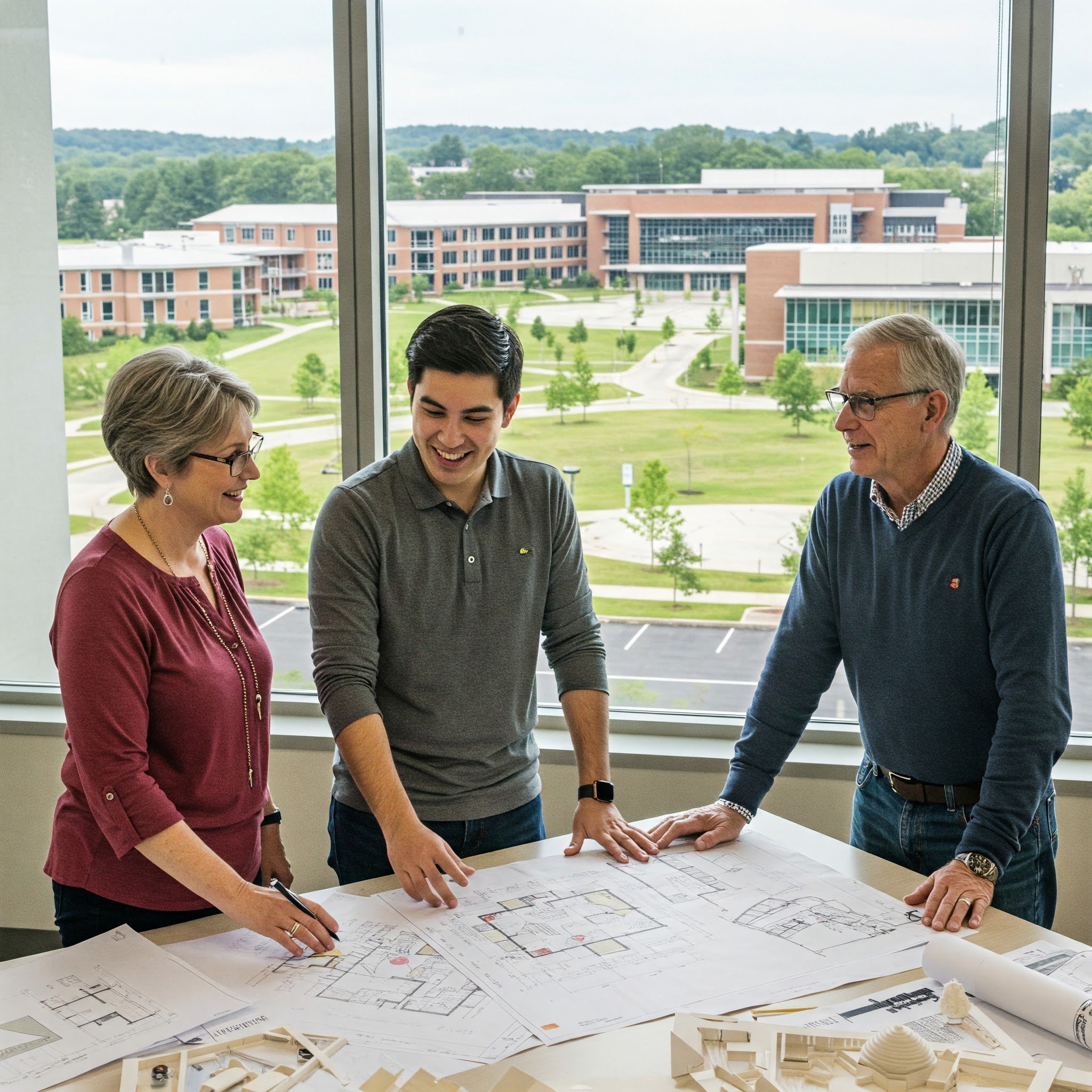Is Your Building Truly Agile? Unmasking the Limitations of Fixed Infrastructure in Today's Evolving Workplace
By Robert Kroon
True "agility" – the inherent ability to easily and cost-effectively reconfigure the physical space itself – remains a significant challenge
The conversation around the modern workplace is dominated by adaptability. Commercial real estate owners are seeking properties that attract forward-thinking tenants, architects are designing spaces for maximum flexibility, facility managers are tasked with optimizing dynamic environments, and electrical design firms are grappling with the demands of ever-changing layouts.
While the concept of the "flexible workspace" – offering employees a choice of work settings – has gained traction, achieving true "agility" – the inherent ability to easily and cost-effectively reconfigure the physical space itself – remains a significant challenge, largely due to the constraints of traditional power infrastructure.
Deconstructing Flexibility vs. Agility: A Crucial Distinction for Strategic Decision-Making
It's easy to conflate "flexible" and "agile," but the distinction is critical for strategic planning. A flexible workspace provides a variety of fixed work zones – individual desks, meeting rooms, and collaborative areas – allowing employees to choose based on their needs. Think of hot-desking or desk hoteling within a relatively static environment.
An agile workplace, however, embodies a higher level of adaptability. It features furniture and fixtures specifically designed for effortless movement and reconfiguration. An agile space can seamlessly transform from individual focus zones to team collaboration hubs and back again, often including flexible work arrangements within its adaptable framework. The key difference lies in the mobility and reconfigurability of the physical assets themselves.
The Achilles' Heel of Agility: The Entrenched Legacy of Fixed AC Power
The biggest obstacle to creating genuinely agile workplaces is our continued dependence on fixed AC power connections. Traditional power distribution methods—such as rigid ceiling drops, inflexible raised floor systems, and under-carpet wiring—pose significant challenges to adapting workspace layouts.
Reconfiguring even a small number of workstations can trigger a cascade of costly and time-consuming processes: engaging electrical contractors, navigating permit applications, enduring construction disruptions, and undergoing mandatory electrical inspections. These factors often make necessary layout adjustments prohibitively expensive and logistically daunting, effectively anchoring our workspaces to outdated configurations.
An August Berres Respond! 2.0 Sit/Stand Desk. It is mobile and battery-powered, featuring both DC and AC receptacles.
August Berres: Pioneering Untethered Agility Through Innovative Power Solutions
An August Berres CampFire desk, which is mobile and accommodates four people with DC power for four devices. It is ideal for classrooms, training centers, or casual meeting spaces in hybrid work facilities.
In response to the pressing challenges of modern workplace dynamics, August Berres is leading a transformative initiative in the design of office furniture, introducing groundbreaking battery-powered solutions. Central to this innovative approach is the C-Power system, a versatile and dependable power source that is seamlessly integrated into elegantly crafted furniture pieces, such as the Respond! 2.0 sit/stand desk and the collaborative CampFire desk.
The Respond! 2.0 desk is designed with adaptability in mind, featuring adjustable height settings that promote ergonomic working conditions, allowing users to effortlessly switch between sitting and standing positions. Meanwhile, the CampFire desk encourages teamwork and creativity, providing an inviting space for collaboration.
An August Berres Juce mobile monitor stand, battery-powered and cordless, with both AC and DC connections. Display shown with a 65” model (not included).
By incorporating power capabilities directly into these furniture designs, August Berres effectively liberates workspaces from the constraints of fixed electrical outlets. This bold step not only enhances flexibility and mobility within the office but also paves the way for a new era of spatial agility, where employees can customize their environments to suit their workflow and preferences.
Unlocking Tangible Benefits: The Compelling Value Proposition of Agile, Battery-Powered Workspaces
For each stakeholder in the commercial real estate ecosystem, the benefits of embracing agile, battery-powered workspaces are significant:
For Commercial Real Estate Owners: Agile spaces become a powerful differentiator, attracting tenants who prioritize adaptability and reduced operational overhead. The inherent flexibility allows for easier accommodation of diverse tenant needs and growth patterns, potentially increasing property value and occupancy rates. Furthermore, the reduced reliance on permanent electrical modifications can lower tenant improvement costs and streamline lease negotiations.
For Architects: Agile furniture empowers architects to design truly dynamic and future-proof spaces. They can move beyond static layouts and envision environments that can evolve with an organization's changing needs, enhancing the long-term relevance and appeal of their designs. Battery power offers greater freedom in spatial planning, unconstrained by the limitations of fixed outlet locations.
For Facility Managers: Managing agile spaces becomes significantly more efficient. Reconfigurations can be executed rapidly and cost-effectively without the need to coordinate with external contractors or manage disruptive electrical work. This agility allows for proactive space optimization based on real-time needs, leading to improved space utilization and reduced operational expenses.
For Electrical Design Firms: While seemingly disruptive to traditional models, battery-powered furniture presents new opportunities. It allows for a focus on robust base building power infrastructure rather than complex and often temporary workstation wiring. This can lead to simplified initial installations and reduced demand for costly and time-sensitive reconfiguration projects. Furthermore, understanding and integrating these innovative power solutions positions firms as forward-thinking partners in creating truly agile environments.
The Future of Work is Fluid: Is Your Infrastructure Ready to Adapt?
Space utilization has large cost implications. Your finance team will appreciate agility.
The trend towards hybrid work models and dynamic team structures is undeniable. Organizations need workspaces that can adapt as quickly as their needs evolve. By understanding the limitations of fixed infrastructure and embracing innovative solutions like August Berres' battery-powered furniture, commercial real estate professionals can unlock the full potential of workplace agility, creating spaces that are not only flexible but truly future-ready.
It's time to move beyond the constraints of yesterday's power grid and build environments that empower true organizational agility and long-term success.






